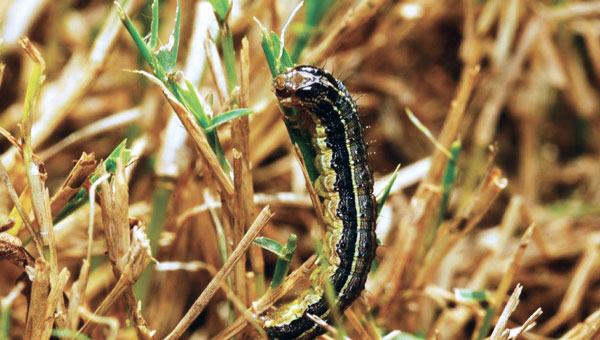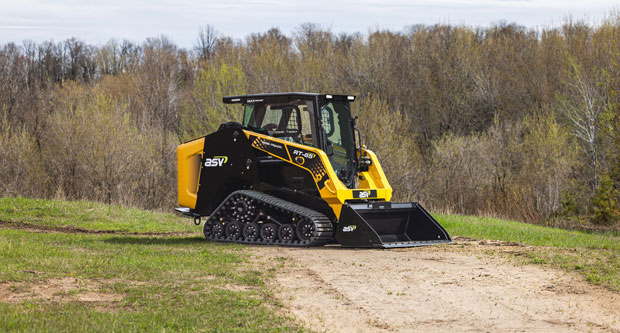Fall armyworms have posed a significant threat to agriculture in the United States for decades, particularly affecting crops like corn, sorghum and other grasses. Since the early 2000s, this pest has also emerged as a problem in home lawns and turfgrass.
According to Jesse Benelli, Ph.D., Green Solutions specialist for Envu, 2021 marked the year fall armyworm became a significant issue in turfgrass.
Recognize the Signs of Infestation
Matt Giese, technical services manager for Syngenta, notes that fall armyworm is a major pest in the southern United States and occasionally affects the Midwest. The moths migrate from the south, carried by airstreams and storms.
Adult fall armyworm moths are brown and can be difficult to distinguish from other moths. Benelli describes these moths as ranging from grayish to brown, with a wingspan of 1 to 1½ inches and a white spot in the center of their forewings.
A female fall armyworm moth can lay up to 1,000 eggs in a cluster, typically on artificial structures like buildings, fences and landscape plants, but not in turfgrass. The eggs hatch within a week, and the young caterpillars feed voraciously both day and night, says Edwin Afful, Ph.D., insecticide product development manager for FMC.
Fall armyworm caterpillars vary in color from green to brown to black. The most distinguishing characteristics are a broad black stripe on each side of the worm and an inverted Y on the head capsule.
According to Benelli, when they hatch, the larvae are only 1/8 inch long and cause minimal damage at this stage. However, they can grow up to 2 inches long, and 80 percent of the damage to turfgrass occurs during the late instar caterpillar stage.
Large fall armyworm populations move in ‘armies’ across turfgrass and can decimate all foliar tissue in an area, creating a distinctive line of demarcation between damaged and undamaged turf, notes Afful. Once they have fed sufficiently, the 2-inch-long larvae burrow into the soil to pupate, making them difficult to control at this stage.
Early Detection and Effective Treatment
The key to successfully controlling fall armyworms is early detection. Larvae are easiest to control when they are young. Benelli notes that a magnifying lens can help lawn care operators (LCOs) see the inverted Y marking on the head capsule. Since fall armyworm larvae are mostly nocturnal, proper evening, nighttime or early morning scouting is essential for their detection.
To gauge the level of infestation, Giese recommends mixing 1-2 tablespoons of liquid dish soap in a gallon of water and pouring it over a small patch of soil infested with fall armyworms. The soap solution irritates the armyworms, causing them to surface, making it easier to estimate the infestation levels.
For large infestations, insecticides containing active ingredients such as beta-cyfluthrin, chlorantraniliprole, indoxacarb, lambda-cyhalothrin or tetraniliprole can be used. These active ingredients provide some residual control depending on application rate and environmental conditions.
Afful advises LCOs to pay close attention to irrigation, mowing schedules and height to ensure optimal control with insecticides. Furthermore, the intensity of the fall armyworm infestation will affect the rate of insecticide application.
Insecticides with residual control are particularly important in areas with multiple generations of armyworms, such as the southern states. LCOs must also consider resistance management and rotating modes of action, especially in regions with multiple generations of fall armyworms, says Giese.
Proactive Measures and Recovery Tips
Early detection is crucial for managing sporadic fall armyworm infestations. Benelli recommends that LCOs communicate with others to determine if infestations occur in their area. Following fall armyworm damage, providing ample fertility, watering and raising the mowing height will help turf plants recover.


